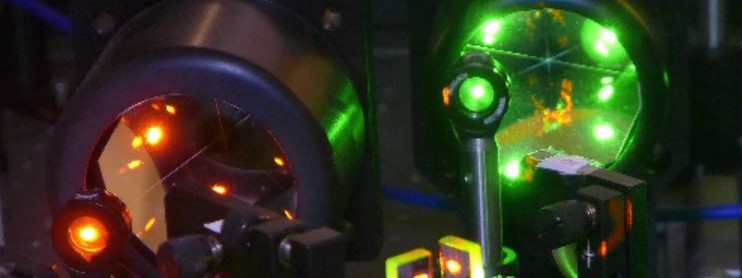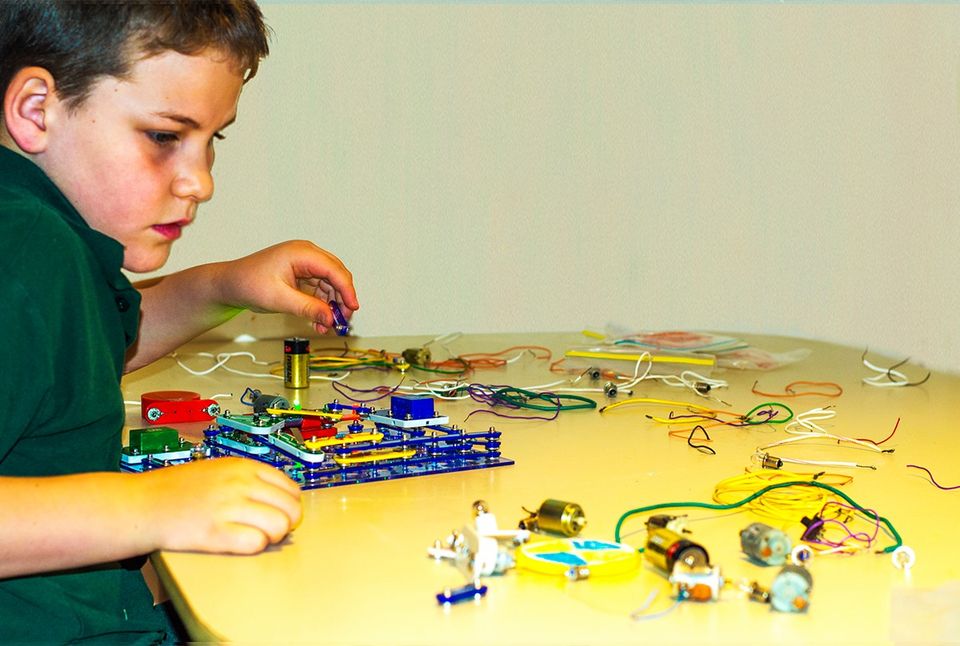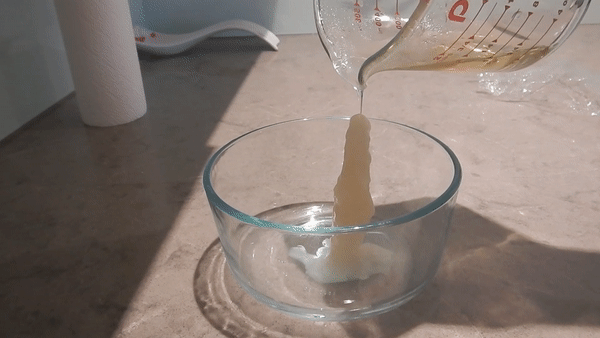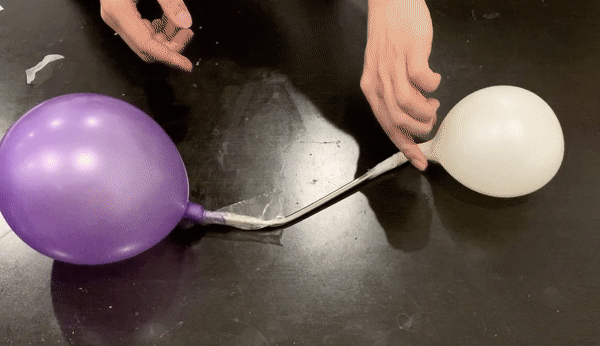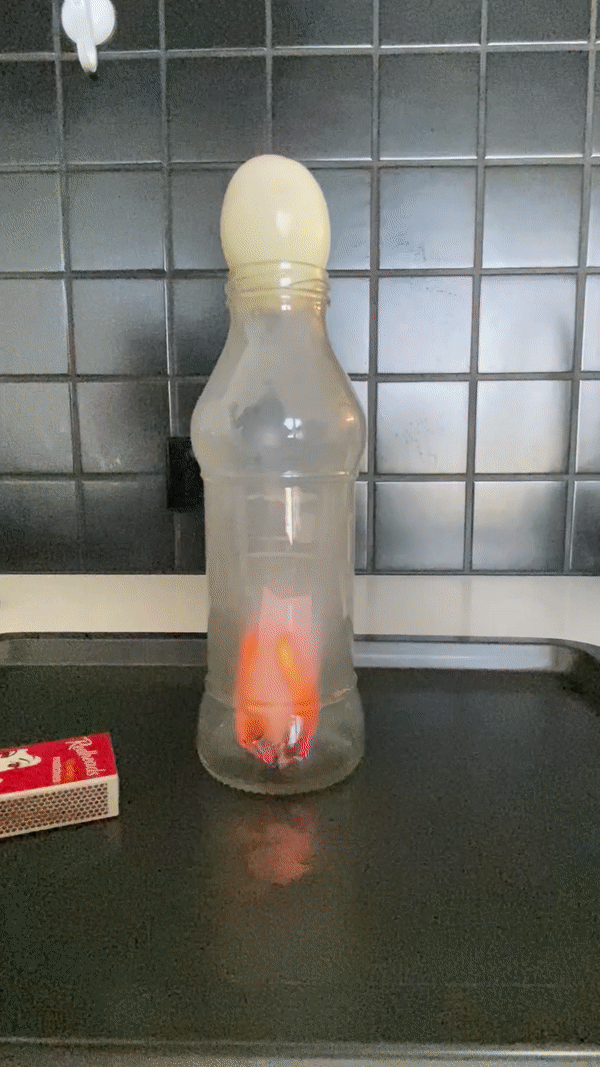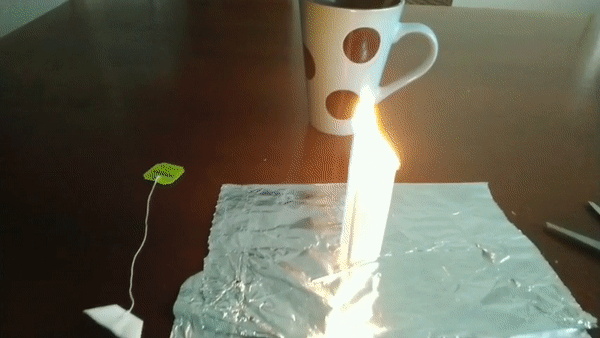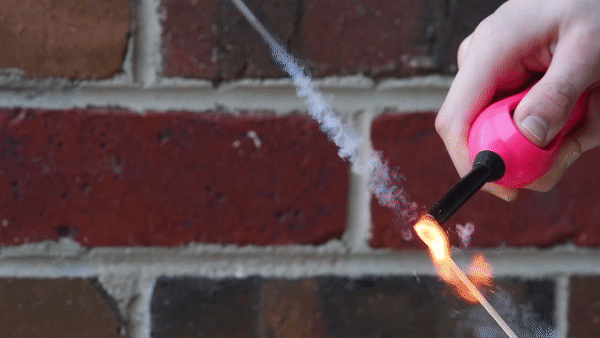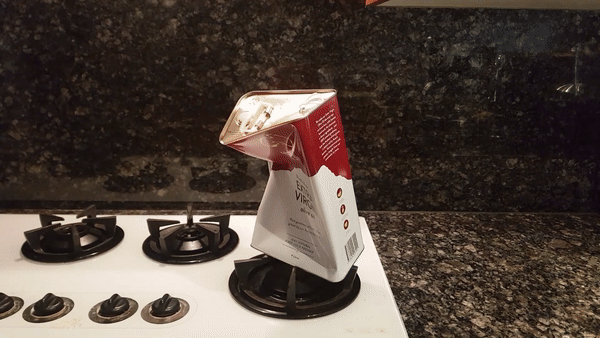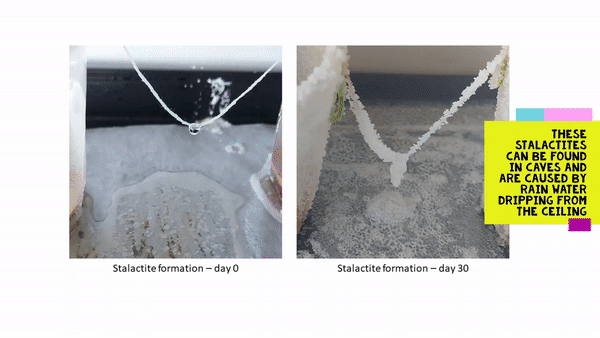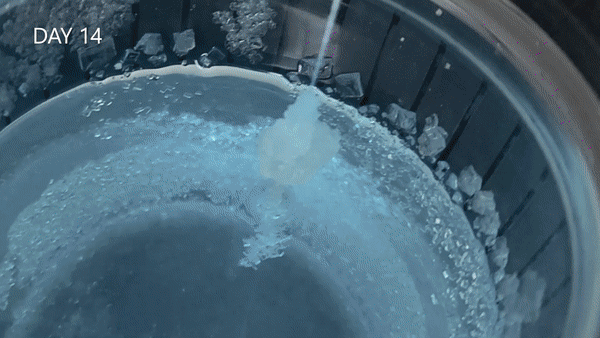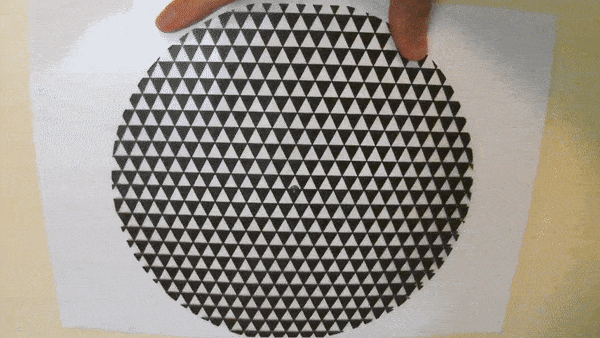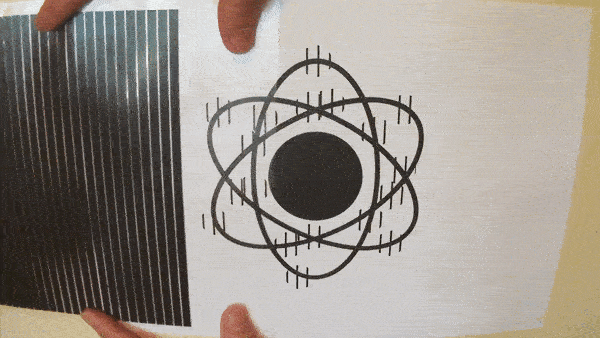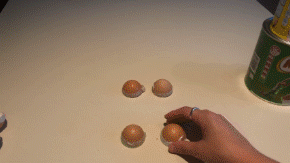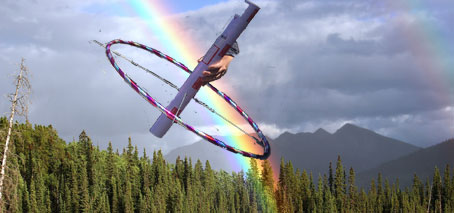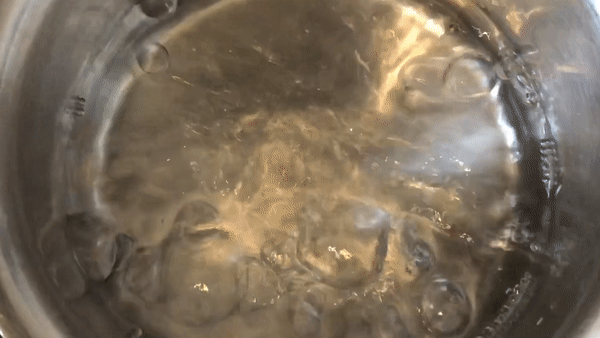Forces and energy: Electricity and sustainable energy
Forces and energy: Kinetic, potential, conservation and transformation
Forces and Energy: Energy and Work
Home Science: Activities with teacher resources
Why were flights cancelled in Phoenix Arizona?
Electricity and magnetism: electromagnetism
Understanding electricity
Reflection, absorption, refraction, diffraction. The basics
FLEET Schools Home Science: Conductors and insulators
FLEET Schools Home science: Light and optics
FLEET School Home Science: Forces and motion
FLEET Schools Home science: Energy
FLEET Schools Home science: Electromagnetic energy
FLEET Schools Home science: Physics at random
Does a soft drink can weigh more, less or the same after it is opened?
FLEET Schools
Hot Ice
This can be a bit of a tricky experiment, but when it works, it’s fantastic! Combine vinegar and baking soda to make ‘hot ice’. Warning: boiling water involved #adultsupervision What you need: Vinegar, baking soda, saucepan, jug, bowl What to do: Put 4 cups (1 L) of white vinegar into a saucepan. Then slowly add 3 tablespoons (60 mL) of …
Two balloons
A sometimes-counterintuitive experiment, demonstrating the equalising of air pressure in two connected balloons What you need: balloons, straw, sticky tape, peg or something to block off the straw What you do: Blow up one balloon so it is quite large Place the straw in the end of the balloon and secure it with tape. Block off the end of the …
Egg in a Jar
‘Suck’ an egg inside a narrow-necked bottle or jar: a seemingly ‘magic’ trick, accomplished via changing the air pressure inside the bottle. What you need: Egg, bottle with opening slightly smaller than an egg, small piece of paper, matches or lighter What to do: 1. Boil the egg for 8-10 minutes so that it is hard boiled.2. Peel the egg (let it cool first!).3. (Optional) …
Teabag rocket
Ignite a paper teabag to launch a rocket upwards (adult supervision). What you need: Tea bag, scissors, matches What to do: 1. Remove the staple from the tea bag and pour out the tea. 2. Straighten out the bag and smooth it out so it forms a cylinder that can stand up on its end. 3. Stand the tea bag …
Matchhead rocket
Create a simple but powerful match-head rocket, demonstrating Newton’s third law of motion. Caution: matches! Fire! Eyes! Adult supervision definitely needed for this one. What you need: Wooden matches, aluminium foil, paper towel, wooden skewers, needle-nose pliers and wire cutters, tape (duct tape or electrical tape) What to do: To cut out the shape from the aluminium foil: Place a …
Crushing Can
Stalactites
Take a shortcut on the thousands of years needed for limestone stalactites and stalagmites to form in cave, forming salt stalactites in a matter of days. What you need: Epsom salt or rock salt, string, water, glasses, paperclips, saucepan What to do: In a saucepan, dissolve as much salt in hot water as you can by stirring over heat. Place …
Salt Crystals
Growing salt crystals in the home What you need: Rock salt, string, glass, water, pencil, saucepan, food dye What to do: Pour 500mL of water into a saucepan and add rock salt. Stir to dissolve. Add as much salt as you can until it stops dissolving. Tie a salt crystal to some string, allowing the string to dangle down, and …
Shapes and Patterns & the next big thing in physics: moiré pattern and twistronics
Animation on Paper
Want to create a high tech version of a flip book? Use patterns to create a hard copy of an animation. What you need: a printout of a specific image – an image of an atom can be downloaded here a printout of the lined pattern (download here) on a transparency What to do: Print out the attached images, with …
Egg Shell Strength
Egg shells are fairly weak, right? They crack very easily. So how much weight do you think they could actually hold? What you’ll need: at least two eggs masking tape scissors large hard cover book or piece of cardboard some heavy objects, eg. cans What to do: Wrap masking tape around the middle of the egg. Use the scissors to …
How to find a rainbow
Why are there so many songs about rainbows? And how to locate one with a bit of simple physics, maths and home-craft Maunder and Hunt’s Very Fabulous Rainbow Position Locator* There’s something quite fascinating about rainbows, which is why they feature in so many wonderful legends and myths, from the Bifrost bridge of Norse legend, to God’s reassuring post-Flood sign, …
Boiling Ice
A simple experiment to demonstrate thermodynamics! (adult supervision required) What you need: a pot of boiling water ice What to do: Put the pot of water on to boil. When it is boiling, there will be lots of steam and bubbles. Put ice into the water. What happens: You will notice that the water stops boiling, almost instantly. When the …

